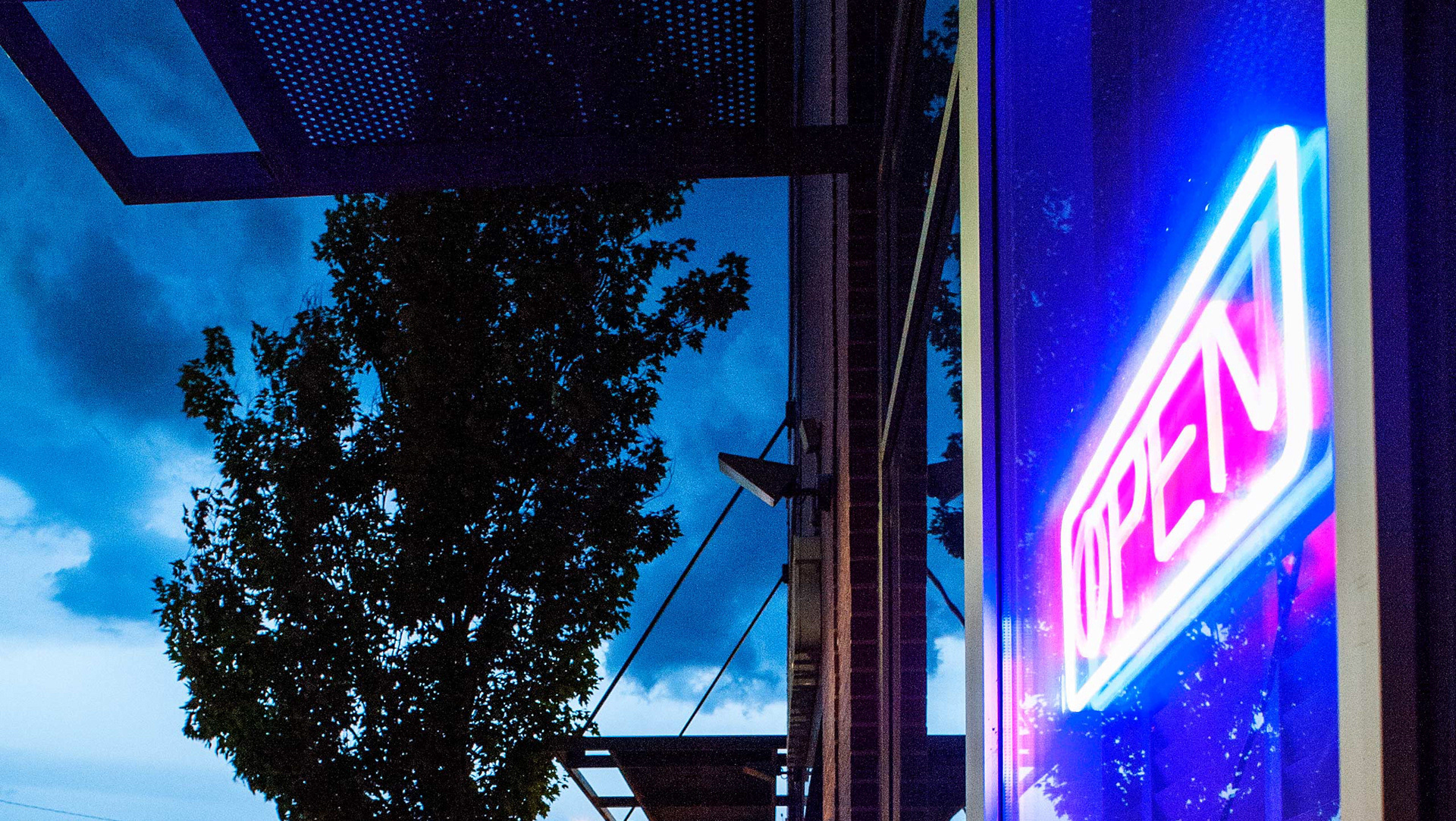Top: November 2006 // Nikon D70s, Nikkor 18-70 f/3.5-4.5
Above: February 2023 // Nikon D700, Nikkor 20 f/2.8
Above: February 2023 // Nikon D700, Nikkor 20 f/2.8
Who needs a zoom when you can walk right up?
I'm glad I saw the F-105 in Thunderbird colors. It was repainted in jungle camouflage a few years later and remains so today.
Dad told me how to look up tail numbers for find NTSB crash reports. Here's what was filed on the Skymaster after an investigation:
NTSB Factual Report
On June 30, 2018, about 1155 central daylight time, a Cessna 337F, N107BL, a multiengine centerline thrust airplane, was substantially damaged when it struck trees and a fence during a forced landing about one mile southeast of Vinland Valley Aerodrome (K64), Baldwin City, Kansas. The commercial pilot was not injured. The airplane was registered to and operated by Vinland Aerodrome, Baldwin City, Kansas, under the provisions of Title 14 Code of Federal Regulations Part 91. Visual meteorological conditions prevailed at the time of the accident, and no flight plan had been filed for the local personal flight.
According to the pilot, who is also an airframe and powerplant (A&P) mechanic, he took off and climbed to 3,500 ft to practice single-engine operations. He shut down the rear engine and feathered the propeller. After doing some air work, the pilot attempted to unfeather the propeller and restart the rear engine but was unsuccessful. He returned to the airport and made a single-engine landing approach.
During the approach, the pilot noticed [he had lost his] full flap down setting and determined a full stop landing on the grass runway was going to be close. He reduced flaps to 10°. The flap setting "relaxed" and the pilot determined there was insufficient altitude available to retract the landing gear. The pilot maneuvered to avoid houses and made a forced landing in a crosswind. Full power and full flaps were used until touchdown. The airplane struck small trees, shrubs, and a fence. The left wing was bent and the fuselage was buckled.
The rear engine propeller has a remote hydraulic accumulator that assists in unfeathering the propeller and is serviced to 120 psi. During annual inspection 4 hours prior to the accident flight, it was found to be slightly low. Post-accident examination revealed the pressure to be 85 psi. It is most likely a nitrogen leakage had developed during those 4 hours. The leakage should have been detected during the pre-takeoff check. The flap switch not holding position was most likely due to a loss of tension in the flap switch pivot, allowing the switch to move with aircraft vibration.
Source: Planecrashmap.com









